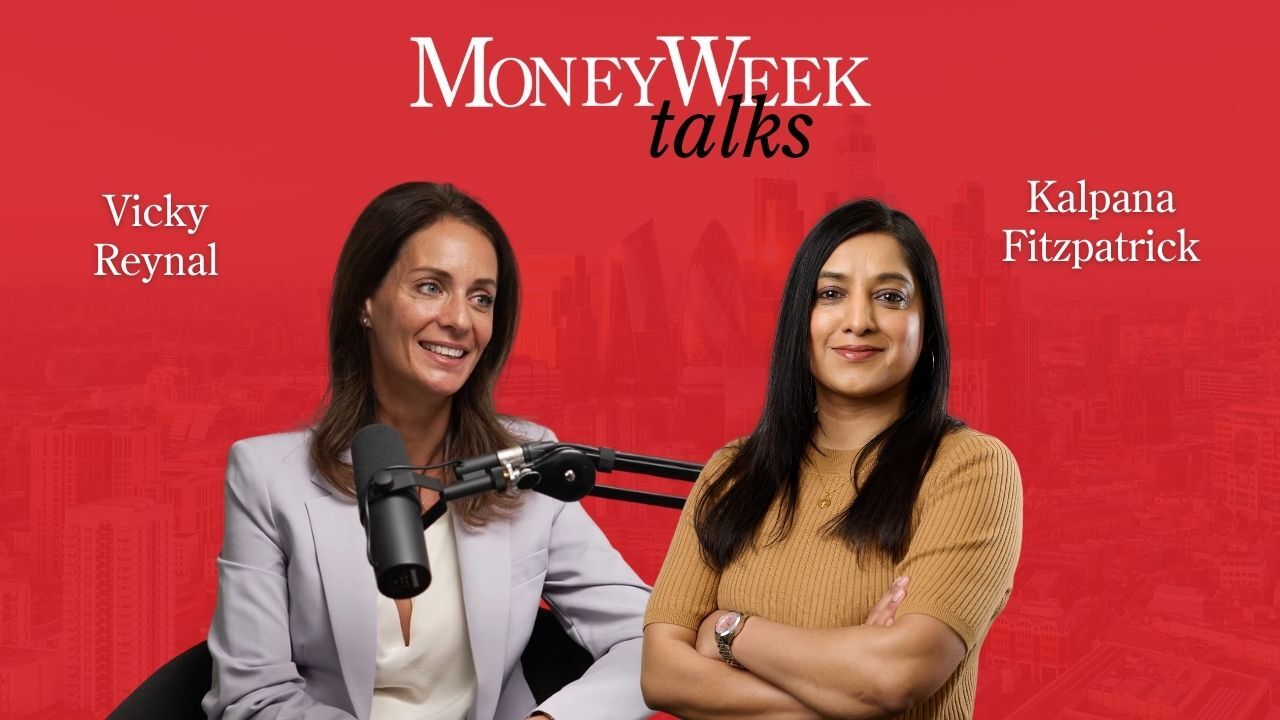The MoneyWeek portfolio of investment trusts – 2025 update
The MoneyWeek portfolio of investment trusts was set up over a decade ago, but widening discounts have held back returns for some of our top investment trusts


The MoneyWeek investment trust portfolio was set up in 2012 with a simple principle: to help readers build a global, all-weather, set-and-forget set of investments. We chose six London-listed investment trusts covering various investment styles, assets and countries.
We’ve made some changes to these trusts over the years, but the underlying approach has always remained the same. The six choices are currently Personal Assets (LSE: PNL), Mid Wynd (LSE: MWY), Scottish Mortgage (LSE: SMT), Caledonia (LSE: CLDN), Law Debenture (LSE: LWDB) and AVI Global (LSE: AGT).
The portfolio returned 9.3% on an equal-weighted basis in 2024, compared with 11% for the FTSE All Share and 22.1% for the MSCI World index. Still, these figures only tell half the story. On an underlying basis, using net asset value (NAV) rather than share price, the portfolio added 12.3%.
MoneyWeek
Subscribe to MoneyWeek today and get your first six magazine issues absolutely FREE

Sign up to Money Morning
Don't miss the latest investment and personal finances news, market analysis, plus money-saving tips with our free twice-daily newsletter
Don't miss the latest investment and personal finances news, market analysis, plus money-saving tips with our free twice-daily newsletter
The gap between NAV and market performance is particularly apparent at Scottish Mortgage and Caledonia. The latter’s share price returned just 0.6% in 2024, while its net asset value increased by 9.6%, thanks to the strong performance of its listed equity portfolio and direct private investments. Scottish Mortgage returned 24% in 2024 on an underlying basis, but a share-price return of 16.8%.
Discounts persist
The continued disconnect between underlying investment returns and share prices has become a persistent and concerning trend for the investment trust sector. The sector’s weighted average discount to net asset value (NAV) has hovered between 15% and 20% for the past two years. While some discounts narrowed last year – notably Edinburgh Worldwide and Baillie Gifford US Growth – the performance of Caledonia and Scottish Mortgage illustrate investors’ continued caution. Caledonia’s discount to NAV expanded from around 30% at the beginning of 2024 to nearly 40% by the end of the year. Before 2020, the discount rarely exceeded 20%.
On the plus side, AVI Global has been making the most of this disconnect. The value-focused trust has built a portfolio of companies and other trusts trading at a deep discount to the underlying NAV. Its biggest winner last year was US private equity giant Apollo, which it sold in November for a total return of 166% over three years – a 41% annualised gain.
At the other end of the spectrum, Law Debenture has traded at a premium to its net asset value for much of the year, and despite its UK value focus, it clocked up the second-best performance in the portfolio. The trust produced a total return of approximately 14.3% (NAV return 12.2%).
Substantial positions in NatWest, Marks & Spencer and Rolls-Royce helped its performance – Rolls-Royce and NatWest returned 92% and 83%, respectively. These results are a great reminder of why value investing is still relevant, especially in unloved markets.
Gold glitters
Personal Assets chalked up a return of 6.6% on a NAV basis and 6.2% on a total return basis. The trust started the year with 10.7% of its portfolio invested in gold bullion, a well-timed decision as the yellow metal returned 27% in 2024. Exposure to high-quality equities (28% of NAV at the end of November) also helped the portfolio, while short-dated bond exposure provided stability. Exposure to inflation-protected bonds (just over a third of the portfolio at the end of November) proved a drag.
Aside from Caledonia, the biggest disappointment in the portfolio was Mid Wynd. We’ve been closely watching this trust – the smallest in the portfolio – for the past three years.
Towards the end of 2023, the trust’s board replaced long-standing portfolio manager Artemis with Lazard Asset Management, which replaced all but two holdings in the portfolio. The changes have yet to yield the desired results. The trust returned just 8% on a NAV basis in 2024, underperforming its benchmark by 14% for the third year in a row. We’ll be keeping an eye on this trust to see if Lazard can turn the performance around.
This article was first published in MoneyWeek's magazine. Enjoy exclusive early access to news, opinion and analysis from our team of financial experts with a MoneyWeek subscription.
Get the latest financial news, insights and expert analysis from our award-winning MoneyWeek team, to help you understand what really matters when it comes to your finances.

Rupert is the former deputy digital editor of MoneyWeek. He's an active investor and has always been fascinated by the world of business and investing. His style has been heavily influenced by US investors Warren Buffett and Philip Carret. He is always looking for high-quality growth opportunities trading at a reasonable price, preferring cash generative businesses with strong balance sheets over blue-sky growth stocks.
Rupert has written for many UK and international publications including the Motley Fool, Gurufocus and ValueWalk, aimed at a range of readers; from the first timers to experienced high-net-worth individuals. Rupert has also founded and managed several businesses, including the New York-based hedge fund newsletter, Hidden Value Stocks. He has written over 20 ebooks and appeared as an expert commentator on the BBC World Service.
-
 Why you fear money – and how to fix it: MoneyWeek Talks
Why you fear money – and how to fix it: MoneyWeek TalksPodcast MoneyWeek's digital editor, Kalpana Fitzpatrick, speaks to financial psychotherapist Vicky Reynal about how to change your money mindset for the better.
-
 How cancelling unused direct debits could boost your pension by £37,000
How cancelling unused direct debits could boost your pension by £37,000A new year refresh of your spending could save you money and help boost your pension pot.
-
 'Investors will reap long-term rewards from being bullish on UK equities'
'Investors will reap long-term rewards from being bullish on UK equities'Opinion Nick Train, portfolio manager, Finsbury Growth & Income Trust, highlights three UK equities where he’d put his money
-
 The graphene revolution is progressing slowly but surely – how to invest
The graphene revolution is progressing slowly but surely – how to investEnthusiasts thought the discovery that graphene, a form of carbon, could be extracted from graphite would change the world. They might've been early, not wrong.
-
 A strong year for dividend hero Murray International – can it continue its winning streak?
A strong year for dividend hero Murray International – can it continue its winning streak?Murray International has been the best-performing global equity trust over the past 12 months, says Max King
-
 The shape of yields to come
The shape of yields to comeCentral banks are likely to buy up short-term bonds to keep debt costs down for governments
-
 The sad decline of investment clubs – and what comes next
The sad decline of investment clubs – and what comes nextOpinion Financial regulation and rising costs are killing off investment clubs that once used to be an enjoyable hobby, says David Prosser
-
 How to profit from the UK leisure sector in 2026
How to profit from the UK leisure sector in 2026The UK leisure sector had a straitened few years but now have cash in the bank and are ready to splurge. The sector is best placed to profit
-
 Who won the streaming wars?
Who won the streaming wars?The battle of the TV and film streaming giants for dominance looks to be entering a final phase. The likely winner may surprise you, says Simon Wilson
-
 'Investors should expect a good year for equities'
'Investors should expect a good year for equities'Opinion The economy is positive, and investors are still cautious, says Max King